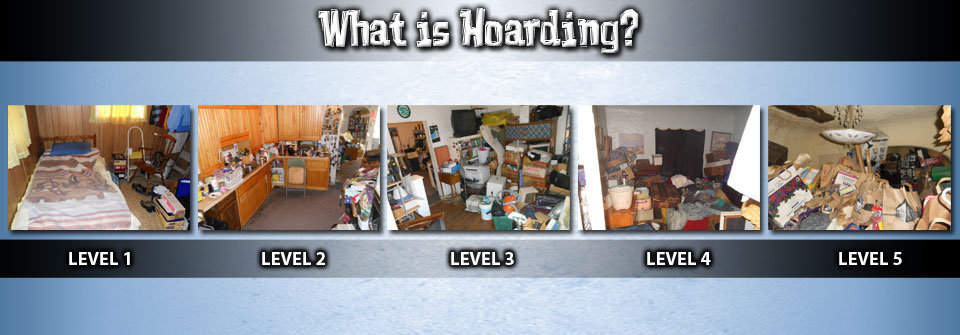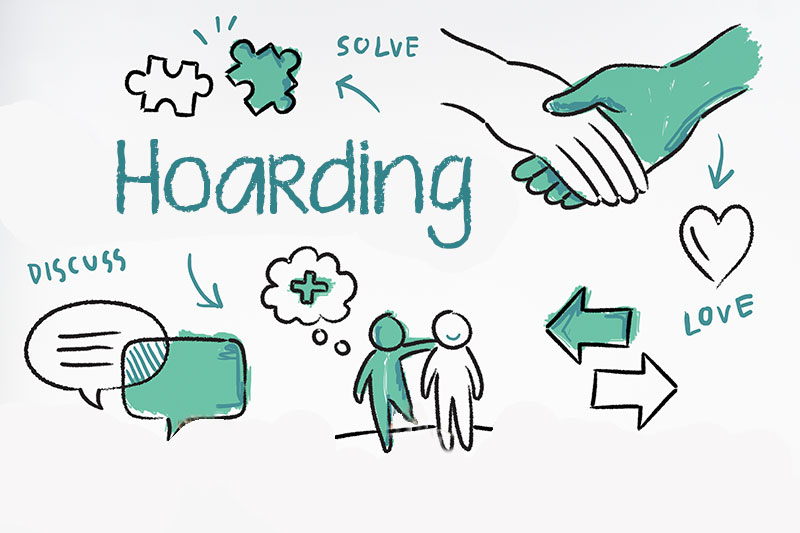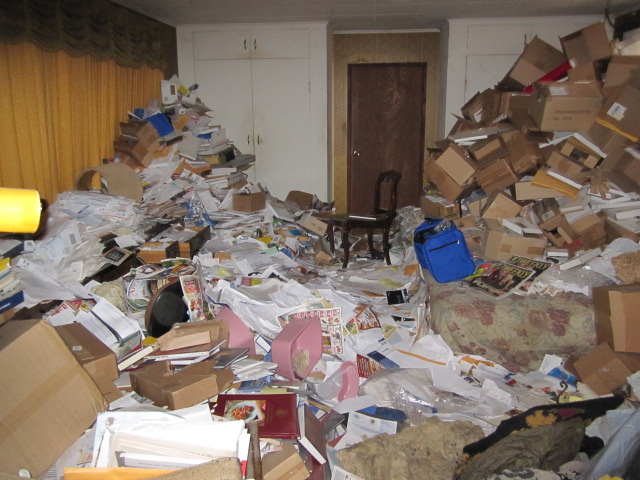Hoarding

-
Nidiyojana Rubiano
Phone: 732-827-2091
-
Andrea Alvare
Director/Health OfficerPhone: (732) 827-2085
What is Hoarding?
Hoarding disorder is an ongoing difficulty throwing away or parting with possessions. You may experience distress at the thought of getting rid of the items. Gradually, this leads to gathering huge number of items, regardless of their actual value.
Hoarding often creates extremely cramped living conditions with only narrow pathways winding through stacks of clutter. Countertops, sinks, stoves, desks, stairways and all other surfaces are usually piled with stuff. For example, you may not be able to cook in the kitchen. When there's no more room inside your home, the clutter may spread to the garage, vehicles, yard and other storage areas.
Hoarding ranges from mild to severe. In some cases, hoarding may not have much impact on your life, while in other cases it seriously affects your daily functioning.
People with hoarding disorder may not see it as a problem, so getting them to take part in treatment can be challenging. Intensive treatment can help you understand how your beliefs and behaviors can be changed so that you can live a safer, more enjoyable life.

Symptoms of hoarding disorder may include:
- Getting and keeping too many items that you may not have a need for right now and don't have space for.
- Ongoing difficulty throwing out or parting with belongings, regardless of their actual value.
- Feeling a need to save these items and being upset by the thought of getting rid of them.
- Building up clutter to the point where rooms cannot be used.
- Problems with planning and organizing
Tips for decluttering include:
- Start with 15 minutes a day as it could be emotionally draining. The recommendation is to work in small, daily increments to prevent feeling overwhelmed or frustrated.
- Resist the urge to do more or “get ahead” in a single day. The downside is that the individual may not return to the task the next day due of exhaustion.
- Use a timer.
- Sort in three piles: “Keep,” “Discard,” and “Maybe.” By the end of the session, assign the “maybes” to either “discard” or “keep.”
- Work in the same room/space. Do not wander from room to room.
- Maintain the space that is cleared. Mark the cleared space with painter’s tape as a visual cue to prevent the clutter from accumulating again.
- Have trash bags to hold items destined for trash or donation.

With hoarding disorder, items are usually saved because:
- You believe these items are unique or that you'll need them at some point in the future.
- You feel emotionally connected to items that remind you of happier times or represent beloved people or pets.
- You feel safe and comforted when surrounded by things.
- You don't want to waste anything.

Causes
It's not clear what causes hoarding disorder. Genetics, brain function and stressful life events are being studied as possible causes.
Risk factors
Hoarding usually starts around ages 15 to 19. It tends to get worse with age. Hoarding is more common in older adults than in younger adults.
Risk factors include:
- Personality. Many people who have hoarding disorder have a behavior style that includes trouble making decisions and problems with attention, organization and problem-solving.
- Family history. There is a strong association between having a family member who has hoarding disorder and having the disorder yourself.
- Stressful life events. Some people develop hoarding disorder after experiencing a stressful life event that they had difficulty coping with, such as the death of a loved one, divorce or losing possessions in a fire.
